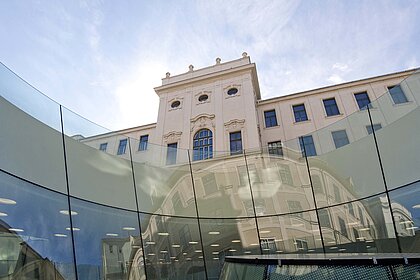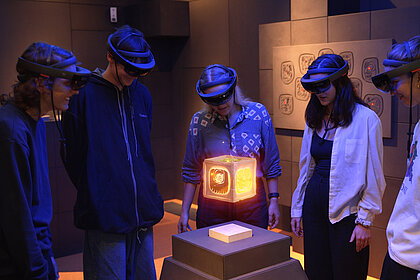With 5.800 objects, the hunting collection at the Universalmuseum Joanneum is the largest of its kind in Austria. However, it is not only the size of the collection that makes it stand out. The collection features not only "classic" exhibits but also emphasises on wildlife ecology and the cultural history of hunting.
Discover the
Universalmuseum Joanneum
Graz
Styria
Today: 10:00 - 16:00

More than 85 animal species from all continents live in the Herberstein Animal World.
Universalmuseum
Joanneum
Back to Universalmuseum Joanneum
Museums Schloss Stainz > Discover > The collection of the Hunting Museum
The collection
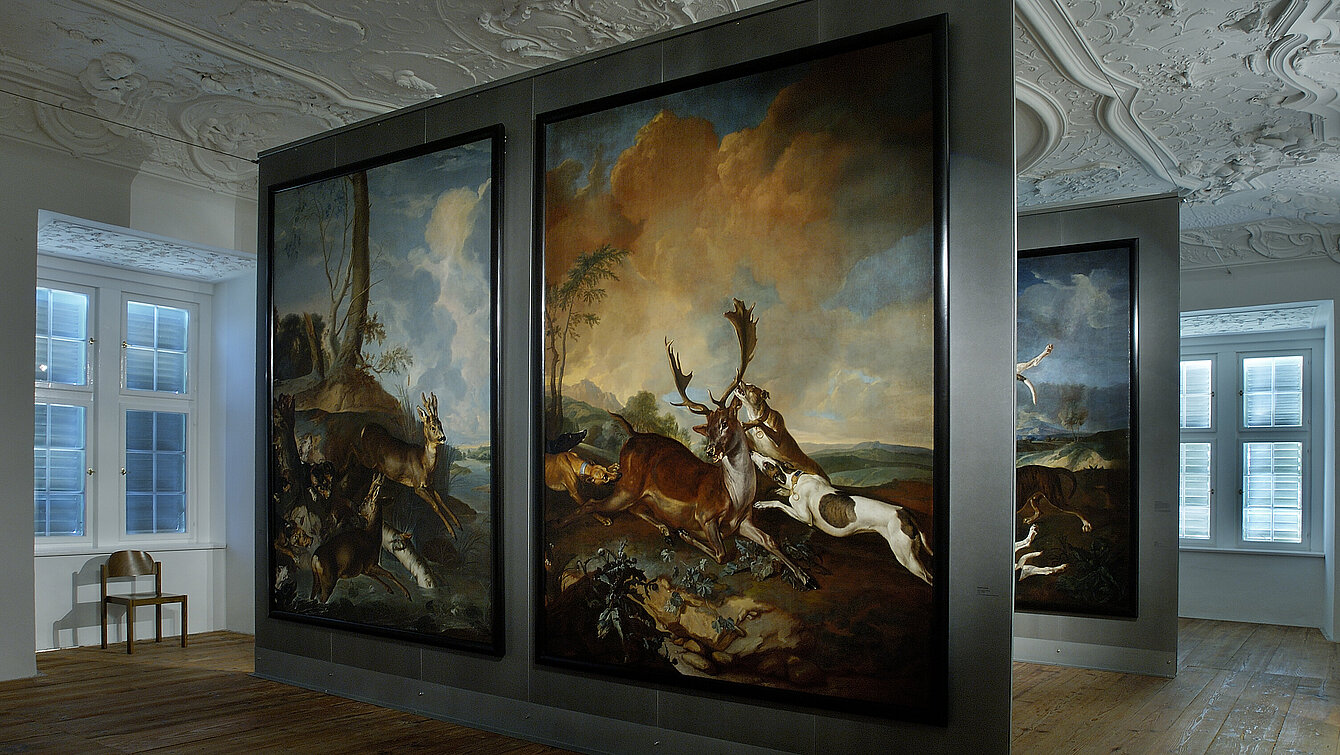
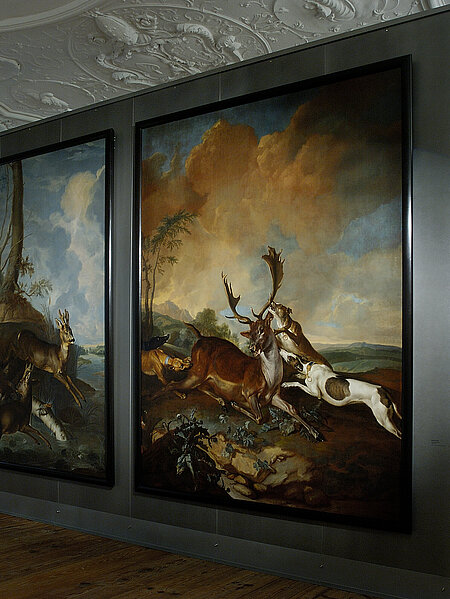
Image Credits
The history of the Hunting Museum
The history of the Hunting Collection began in 1941, when the ‘Museum for Biotechnology and Hunting’ was founded. In 1949 the collections of this museum were transferred to Schloss Eggenberg as part of the 25th Styrian Hunting Exhibition. The department for hunting at the Joanneum was eventually founded in 1951, its first head was Wilhelm Hoffer. At the initiative of his successor, Philipp Meran, the Hunting Museum was at last opened in Schloss Eggenberg in 1953, remaining at this location until 1998.
In 2003 the Hunting Collection was finally moved to Schloss Stainz, where the new Hunting Museum was opened in 2006.
In the spirit of Archduke John
The early democratisation and modernisation of hunting in Styria is owed to Archduke John. The founder of the Joanneum may be seen as a model hunter for his grand-nephew Emperor Franz Joseph I, and for the overall development of hunting in Styria.
The museum of hunting is based on private collections, but also, in the broadest sense, on the “spirit” of the Archduke and the 25th Provincial Styrian Hunting Show at Eggenberg Palace. The great success of this exhibition in 1949 led to foundation of the museum of hunting, that was inaugurated in 1953 as a department of the Provincial Styrian Museum headed by Philipp Meran.
Collection theme and presentation
The focal points of the collection include decorative art objects, paintings and graphics with historical hunting depictions, weapons and trophies. In addition to around 160 Baroque deer heads from the collection of Count Lamberg, some pieces from the possession of Archduke Johann have also found their way into the collection.
Furthermore, the museum showcases a comprehensive range of hunting weapons throughout history and houses a valuable falconry collection, along with Austria's second-largest subject-specific library.
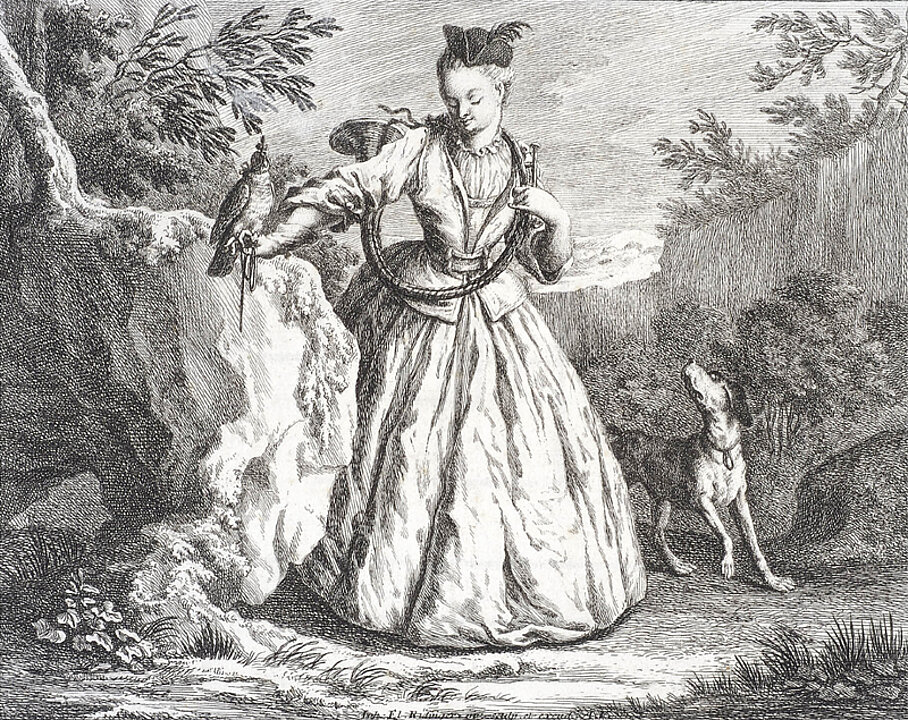
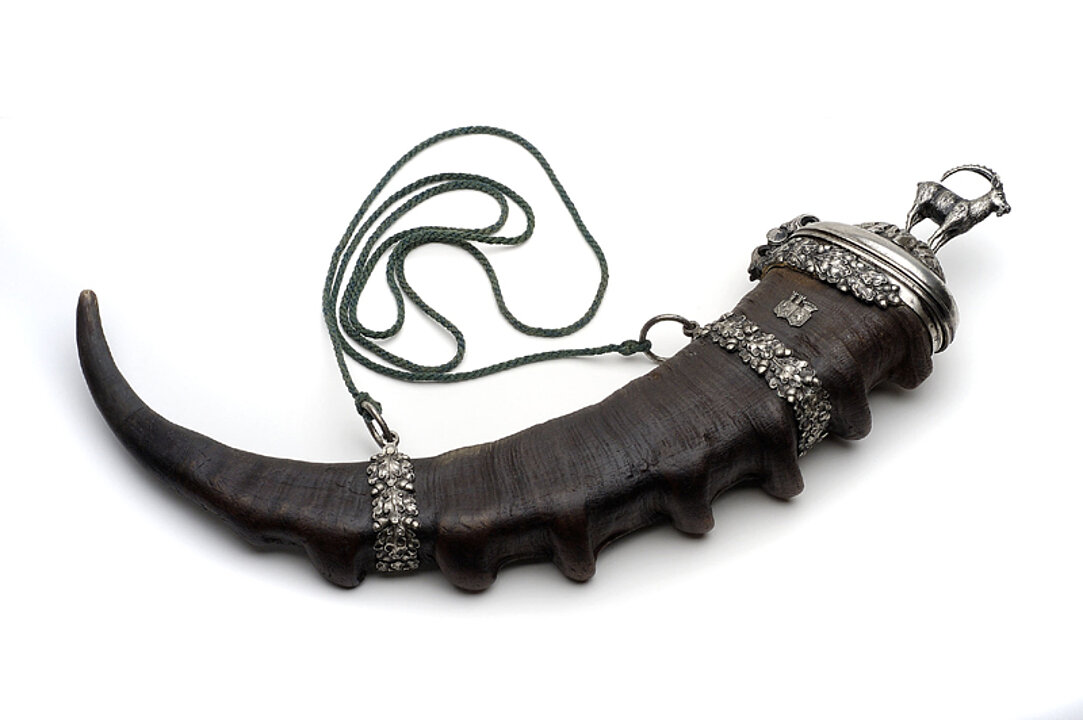
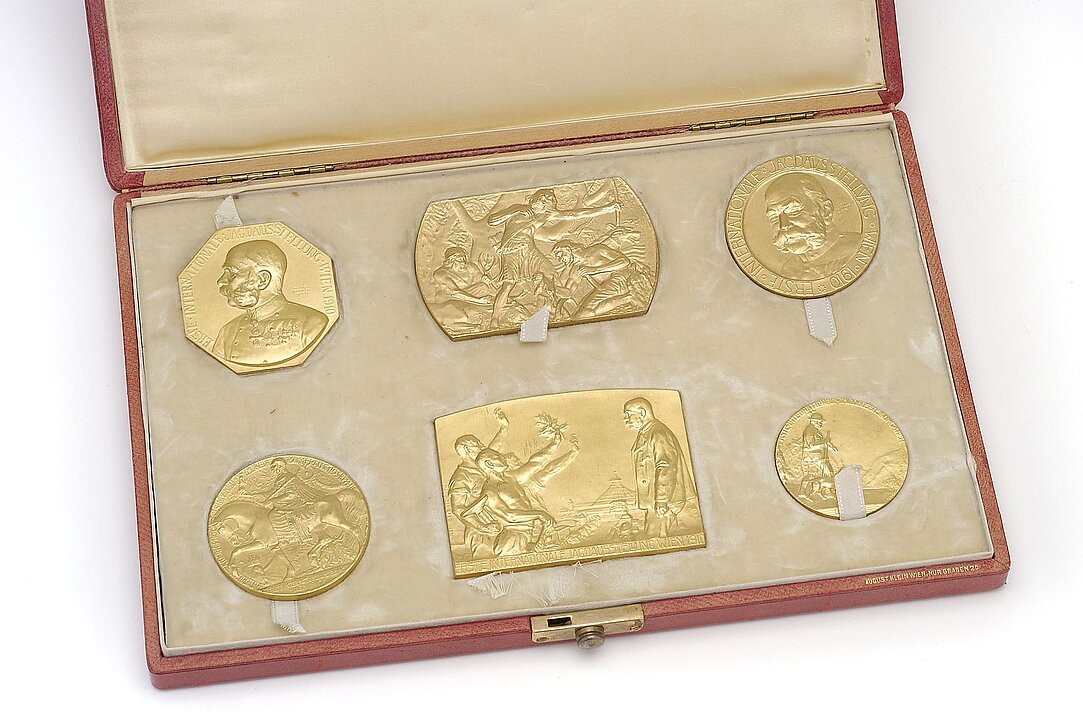
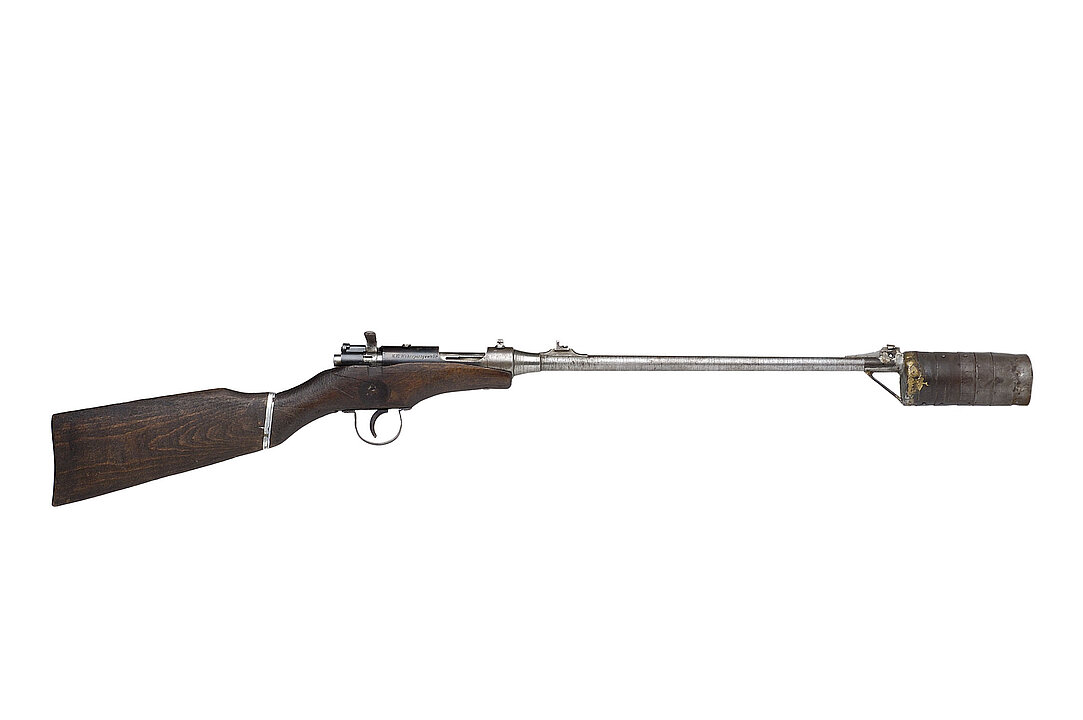
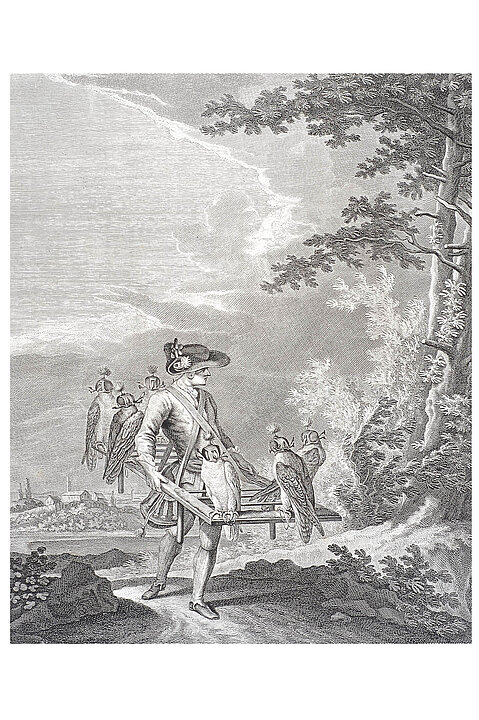
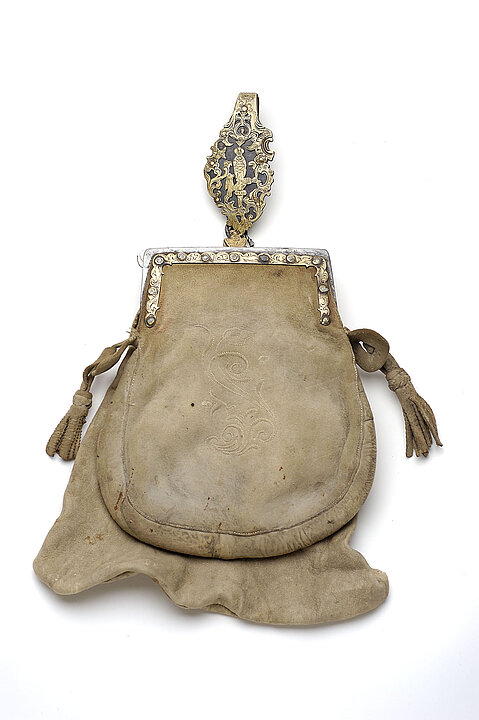
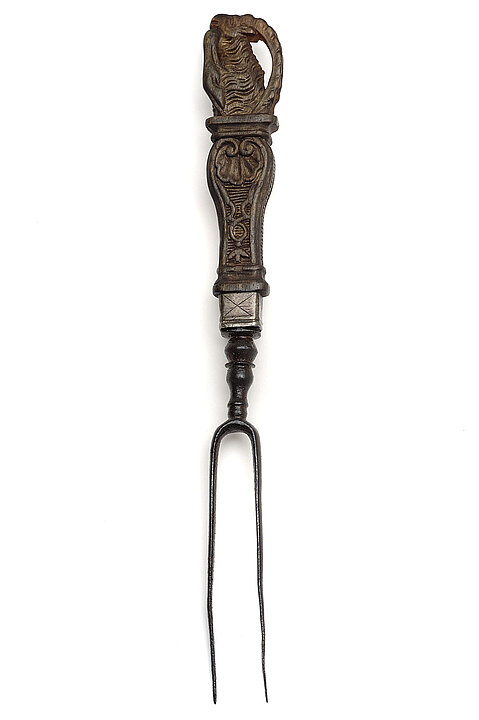
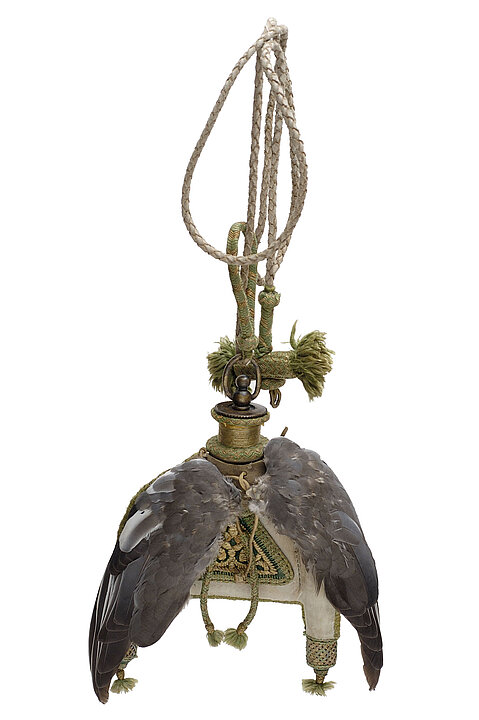
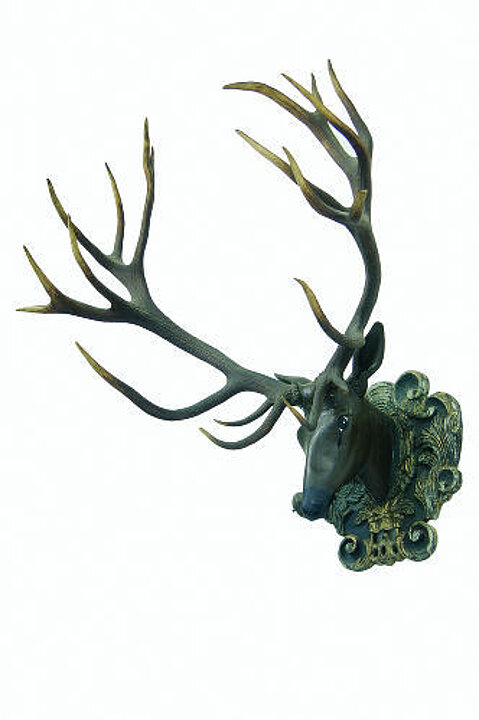
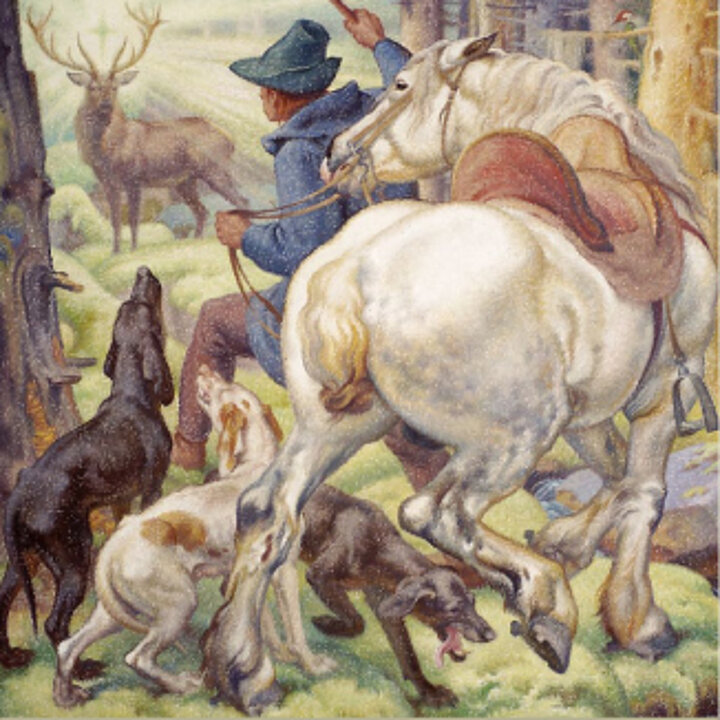
Image Credits
Newsletter
News from our houses first hand: The official newsletter of the Universalmuseum Joanneum:
Our programme
© 2024 Universalmuseum Joanneum GmbH
Schlossplatz 1, 8510 Stainz








